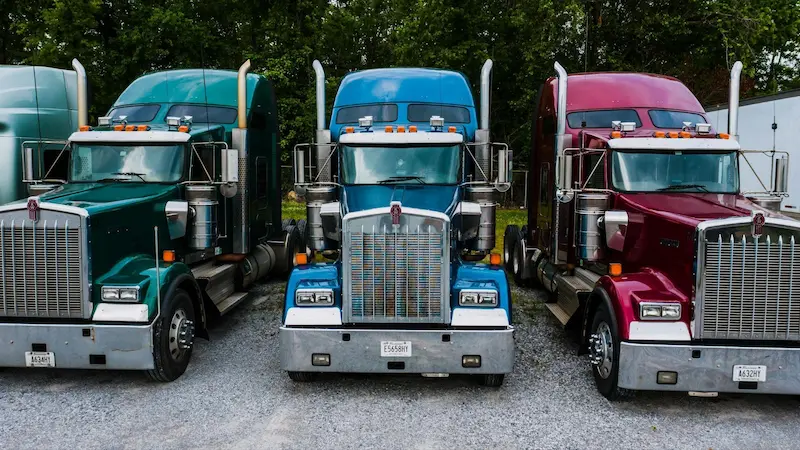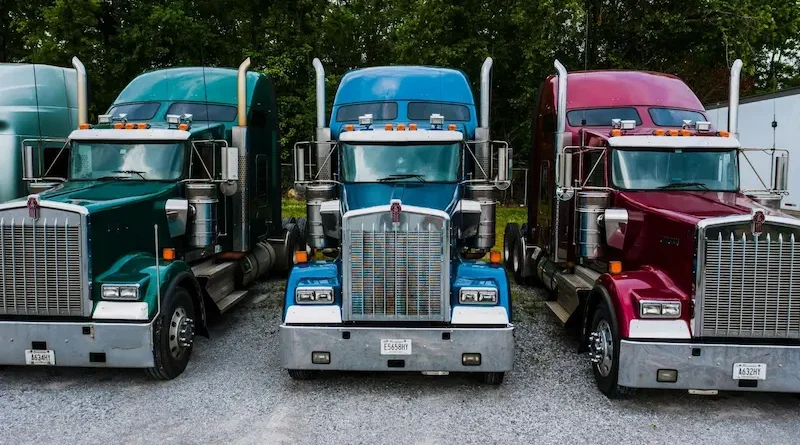ROI of TMS: How the Best Systems Save Money and Time
Every business wants to cut costs and move faster. In the world of logistics, those two goals carry even more weight. Transportation is expensive, and delays eat away at profits. Leaders are always searching for tools that reduce waste while keeping goods moving. One of the most effective tools is a transportation management system, better known as TMS.
These platforms streamline the way shipments get planned, tracked, and delivered. They remove manual headaches and make supply chains easier to control. For many companies, the decision to adopt a TMS is about more than convenience. It is about the return on investment. When used correctly, the system saves money and time. The payoff grows larger as the business scales.

Why the Right TMS Matters
Not all systems are created equal. The best TMS software gives managers real visibility into their networks. It shows shipping costs in detail and highlights waste. It tracks deliveries with accuracy and keeps partners on the same page. With those insights, companies make smarter decisions. They can spot cheaper routes, negotiate better carrier rates, and predict issues before they cause trouble.
A weaker system may only cover the basics. That kind of setup offers little value over spreadsheets and emails. The right system transforms how logistics teams work. It adds control, removes stress, and supports growth. The ROI comes not only from cost savings but also from improved efficiency.
Cutting Transportation Costs
Freight is one of the largest expenses in supply chain budgets. Even small savings per trip add up quickly. A TMS helps by comparing rates across carriers. It points out the most affordable option for each shipment. It also helps avoid penalties tied to late deliveries or missed appointments.
Fuel costs are another big factor. Route optimization tools find paths that reduce distance and time on the road. Fewer miles mean less fuel burned and fewer maintenance costs. These savings stack over hundreds of trips. Over time, the system pays for itself.
Saving Time Across Operations
Money matters, but time is equally valuable. Manual scheduling takes hours. Paper-based tracking leads to errors. A TMS automates those tasks. Teams spend less time on repetitive work and more time solving bigger problems.
Automation also improves speed when issues arise. Real-time alerts flag delays so managers can act right away. Faster responses keep shipments on track and prevent small setbacks from turning into bigger problems. Saving minutes on each load may not sound dramatic. Yet across a full operation, those minutes add up to days of recovered time.
Boosting Customer Satisfaction
Customers expect accurate and fast deliveries. A late or missing order damages trust. A TMS provides the visibility needed to keep promises. It offers clear tracking updates and better communication with clients. When customers feel informed, they feel more secure.
Happier customers lead to repeat business. That kind of loyalty brings long-term revenue gains. While harder to measure, it is part of ROI as well. Deliveries that arrive on time and without confusion create stronger relationships.
Reducing Risk and Errors
Mistakes are costly. One incorrect shipment can trigger returns, refunds, and lost time. A TMS lowers those risks with automated checks. Address errors, wrong weights, and missing paperwork are flagged before they cause delays.
Compliance is another factor. Regulations change often in shipping, especially across borders. A good system keeps documents accurate and up to date. Avoiding fines and delays saves money and stress. Risk reduction may not show up in daily reports, but it plays a major role in protecting profit margins.

Measuring ROI Effectively
To prove ROI, companies need to measure results. The best approach is to track both hard and soft savings. Hard savings include freight rate reductions, fuel cuts, and lower labor costs. Soft savings include better customer satisfaction, improved decision-making, and fewer risks.
Over time, these numbers reveal the system’s true impact. In many cases, the gains far outweigh the investment. The longer the system runs, the clearer the payoff becomes. ROI is not a one-time snapshot. It grows as the company adapts and finds new ways to use the tools.
Conclusion
A TMS is more than a logistics upgrade. It is a driver of cost savings, time recovery, and customer trust. The best systems give clear visibility, reduce risks, and help teams perform at their best. ROI comes in dollars saved, hours recovered, and stronger client loyalty. For companies moving goods in a competitive market, the investment is not optional. It is a key step toward staying efficient and profitable.
Visit the rest of the site for more interesting and useful articles.

